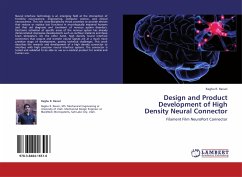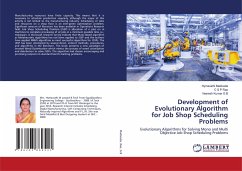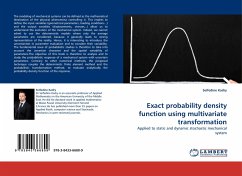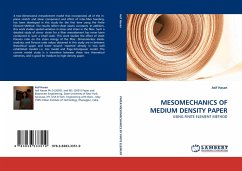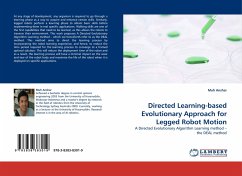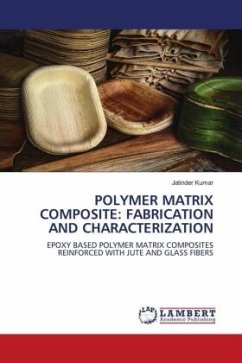
An Evolutionary Fuel Assembly Design for High Power Density BWRs
Large Assembly Concept
Versandkostenfrei!
Versandfertig in 6-10 Tagen
39,99 €
inkl. MwSt.

PAYBACK Punkte
20 °P sammeln!
The capital cost of a typical BWR is of the order of 65 % of the total power cost, extracting more energy from an existing reactor or reducing the physical size of future BWRs may reduce total cost of nuclear power considerably. The large assembly concept is based on replacing four traditional BWR assemblies and large water gap regions with a single large assembly. Water rods within the assembly maintain the moderating power and accommodate finger type control rods. The new assembly design adopts smaller fuel pins and larger pitch to diameter ratio to allow for the margin to increase the core ...
The capital cost of a typical BWR is of the order of 65 % of the total power cost, extracting more energy from an existing reactor or reducing the physical size of future BWRs may reduce total cost of nuclear power considerably. The large assembly concept is based on replacing four traditional BWR assemblies and large water gap regions with a single large assembly. Water rods within the assembly maintain the moderating power and accommodate finger type control rods. The new assembly design adopts smaller fuel pins and larger pitch to diameter ratio to allow for the margin to increase the core power density. The originality of the design mainly lies in the use of the dispersed finger-type control rods, which are much more effective compared to the traditional cruciform control rods; as such, the volume of the absorbing material in the assembly can be reduced while satisfying the required rod worth, or shutdown reactivity margin. This feature allows for an increase in pitch-to-diameter ratio without increasing the magnitude of the void coefficient significantly.



